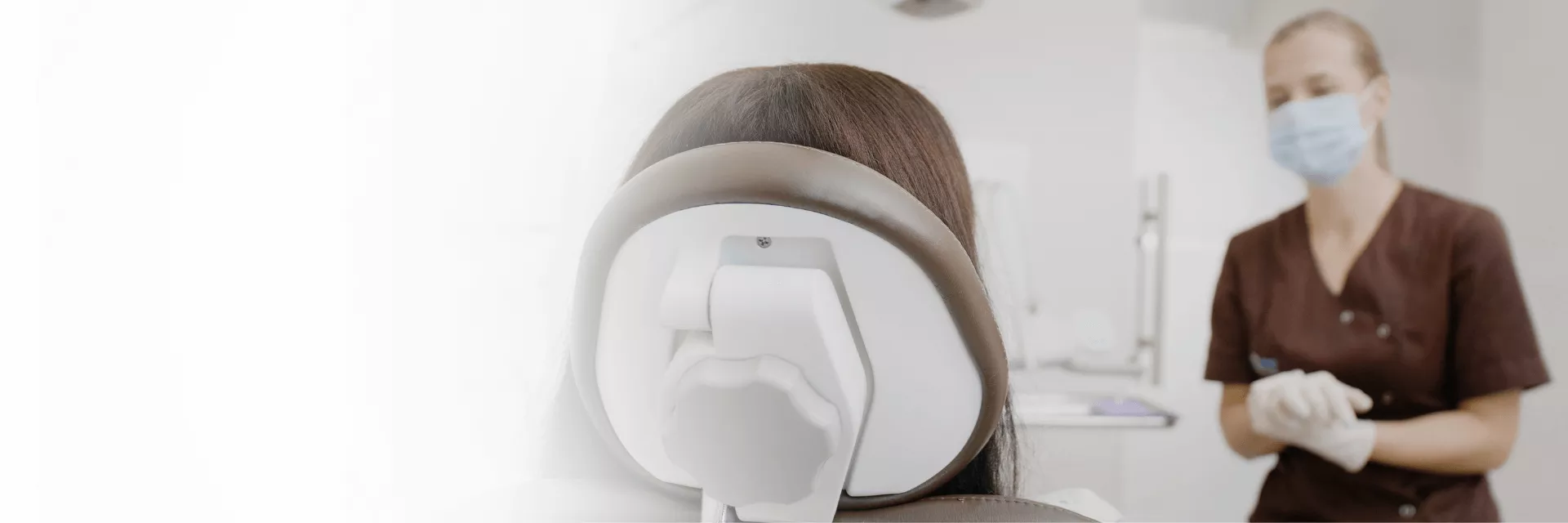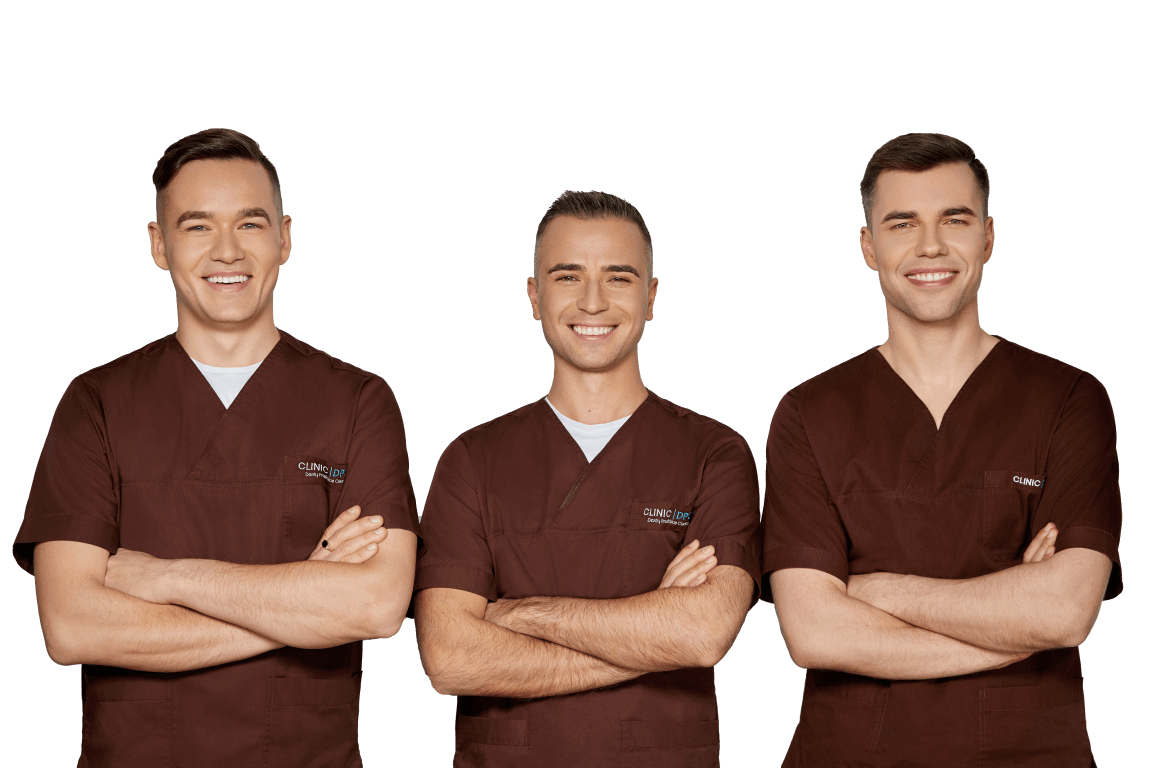CLINIC | DPC performs a wide variety of oral surgeries.
Gingivectomy
Gingivectomy is a procedure during which a doctor or an oral surgeon cuts away a part of the gums for the necessary treatment or aesthetic reasons.
Flap surgery
Flap surgery is a procedure for treating periodontitis. Your periodontist lifts The procedure involves lifting the gums off of the teeth to remove tartar buildup. After the surgeon has cleared the area and removed the tartar, they will stitch the gums into place to fit around the teeth. Sometimes, the bone may require reshaping during this procedure.
Surgical crown lengthening
This is a surgical procedure, usually performed due to the need for a higher quality prosthesis when more healthy tooth tissue above the gums needs to be exposed. During surgery, the gum contour is changed, the tooth crown envelops more healthy tooth tissue and gives the gums a natural shape.
Soft tissue plastic surgery
A procedure, during which dental gums are restored. This surgery can be performed due to gum recession, or to create a more aesthetic look around prostheses and implants. Missing tissues can be replaced by using adjacent tissues or the palate. If required, artificial soft tissue substitutes can also be used.
Cyst removal surgery
Cyst removal surgery is a surgical procedure that removes the cyst from the bone or soft tissue. It accumulates fluids, usually pus. As the cyst grows, it destroys the tissues around it. Cysts usually do not feel like anything. Only later can bone deformities or swelling be felt, and the holes in the gums through which pus can start leaking. That is why cysts are usually diagnosed accidentally when X-rays taken for other reasons.
Retained teeth removal
Retained teeth are fully developed teeth that do not sprout for various reasons. This usually occurs due to lack of space in the dental arch, irregularly sprouting teeth, or premature removal of the milk teeth (that is why you have to treat milk teeth, not remove them!). Fully retained teeth (completely invisible in the oral cavity) which do not require removal. On the other hand, leaving retained teeth can lead to complications: formation of cysts, tumors, and other teeth. During the consultation, the physician assesses whether the patient requires the removal of retained teeth.
Teeth removal
Atraumatic tooth extraction is a procedure during which the teeth are removed in such a way that the tissue and bone around the tooth do not get damaged. We recommend you to immediately replace your removed tooth with a dental implant. Fast implantation will reduce the risk of future dental and oral damage, and help maintain normal chewing functions.


